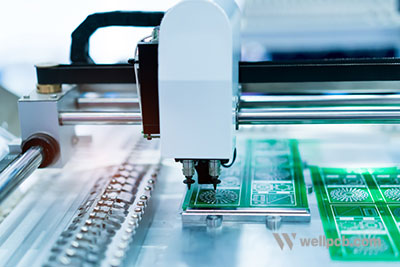Contents
- 1 Check PCB Supplier Can Solder Electronic Components
- 2 Check PCB Suppliers Use Pick and Place Machine
- 3 Check Whether the PCB Vendor is Offering Reflow Soldering
- 4 Check if The PCB Vendor is Offering Functional Test
- 5 Check Whether the Printed Circuit Board is Complete
- 6 Print Circuit Board Assembly Ability– Check Whether the PCB Vendor is Offering Dip or SMT Process
- 7 Print Circuit Board Assembly Ability– Check PCB Supplier to Provide PCB Design Printing
- 8 Print Circuit Board Assembly Ability– Check Your PCB Supplier Can Optically Check
- 9 Print Circuit Board Assembly Ability– Check PCB Supplier Can PCB Layer Lamination
- 10 Conclusion
Check PCB Supplier Can Solder Electronic Components
In the Print Circuit Board Assembly Ability, the PCB vendors would solder your electronic components on the board’s surface. You will provide them the design, and their job is only to solder the parts and assemble the PCB. They have high-tech machines for that purpose.
However, if you are contacting a PCB layout of your project and then develop the printed circuit board prototype. After going through these processes, the PCB manufacturer will then do the printed circuit board assembly.
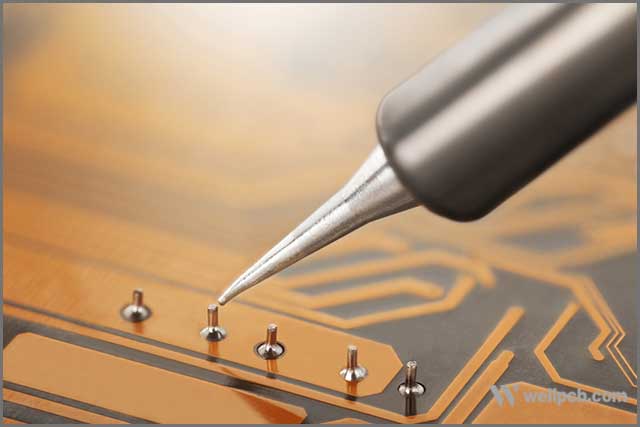
Check PCB Suppliers Use Pick and Place Machine
The pick and place machine is an automatic robotic device that places electronic components on the on the PCB. In the past, a manual process utilizing tweezers would do this job. The technicians would manually need to pick and place components by this hectic procedure.
Fortunately, this automatic machine is more consistent and accurate than humans. So, it has taken over. The device can work at any time, and there is no tension, such as eye strain or fatigue. It picks up the printed circuit board with the vacuum grasp and then moves it to the required place. Then finally, it places the electronics component in their predefined positions. The sites are predefined using the solder. So, if your PCB vendor is using this machine, they would assemble your PCB rather than just making it.
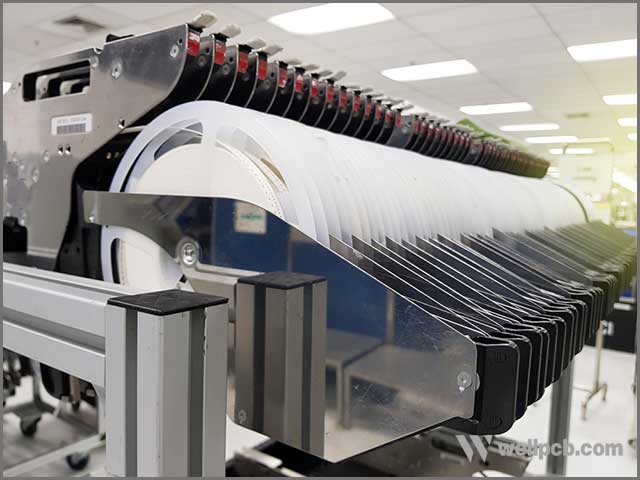
Check Whether the PCB Vendor is Offering Reflow Soldering
In the printed circuit board assembly, you need to ensure that the electronic components remain at their places. This means that the solder paste should solidify so that it can stick the parts to the board. The PCB board assembly does this via the process of reflow soldering. It happens after the pick and place machine performs its job.
The assemblers send the PCB board to a conveyor belt that goes into a considerable reflow oven. You can picture it as a commercial pizza oven. The heaters in this oven slowly heat the board to up to 25 degrees Celsius. It will melt the solder. After that, it passes through the cold radiators that cool down the solder. So, it solidifies in a systemized manner.
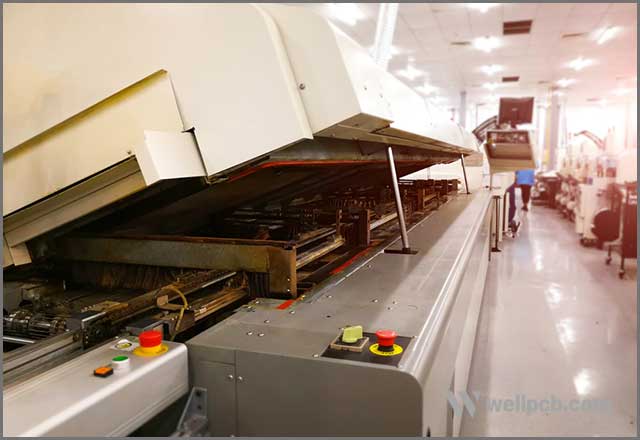
Check if The PCB Vendor is Offering Functional Test
In printed circuit board assembly, the board is complete. So, it is only then the PCB can be tested for its functions. In this case, only the PCB assemblers can offer you functional testing. If the vendor is a PCB manufacturer, it cannot provide a practical test as manufacturing does not include the complete PCB.
The PCB assemblers simulate the operating environment of the PCB and make it go through it. The simulated signals and power go into the PCB, and a tester monitors its electrical connections. The printed circuit board assembly process ensures that current and voltage do not fluctuate or reach any peak values outside the nominal range. If the test shows negative results, your PCB can either be replaced or recycled depending upon the company’s policies.
The functional test is crucial in PCB assembly, as it determines the success rate of your project. And this test will only show positive results if the PCB vendor is regularly inspecting the assembly process.
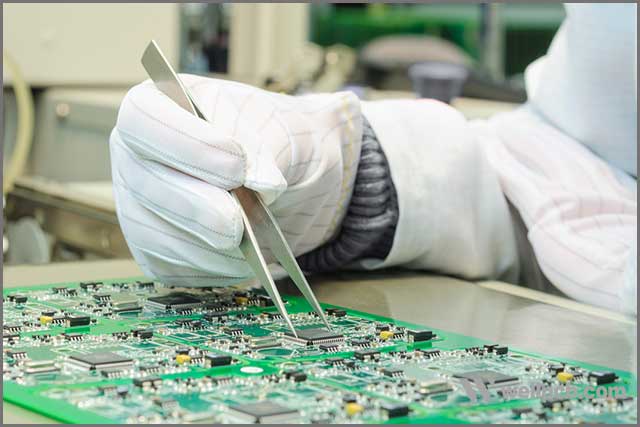
Check Whether the Printed Circuit Board is Complete
In PCB circuit board components, wne can complete the PCB. Whereas PCB manufacture only makes a bare circuit board. You would see that the board consists of Glass epoxy resin or similar material. Mostly, the bare PCB boards are of 6 or 4 layers, but it will depend upon the number of signal layers.
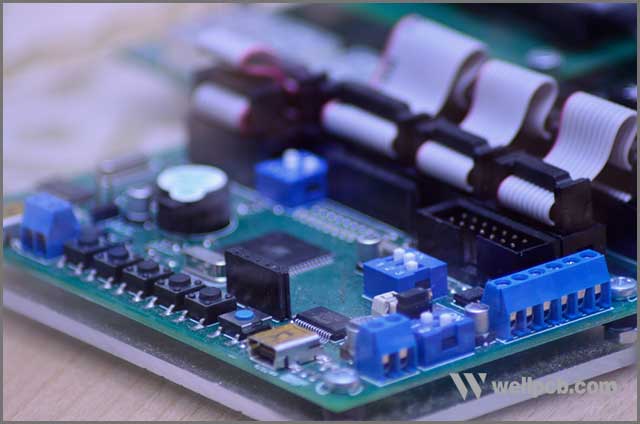
Print Circuit Board Assembly Ability– Check Whether the PCB Vendor is Offering Dip or SMT Process
If your PCB vendor has made the offer to use DIP and SMT processes, they are assembling printed circuit boards. However, dip soldering is a traditional method now, as wave soldering has taken over. In dip soldering, PCB assemblers would manually put your bare PCB board into a container of molten solder. In this way, the melted solder glues to the visible metallic areas of the PCB.
But before soldering, the electrical components need to be put in place; for that purpose, many PCB assemblers use surface mount technology. Through this process, the electronic components directly go over the surface of the PCB. They do not need to make holes in the PCB. Therefore, in the printed circuit board assembly, this speeds up the entire process. However, this method of component placing has more chances of defects.
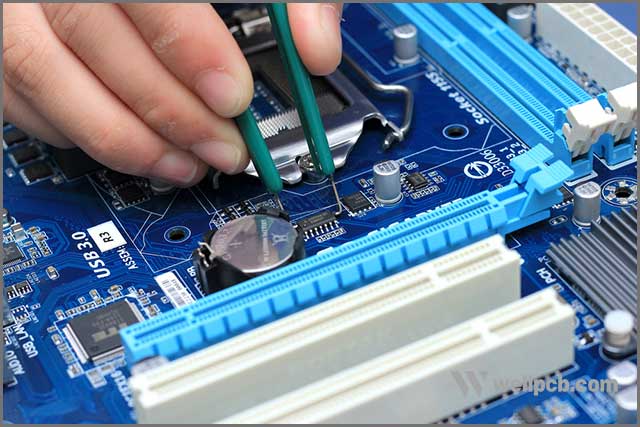
Print Circuit Board Assembly Ability– Check PCB Supplier to Provide PCB Design Printing
Printed circuit board assembly does not include the distribution of the PCB layout. If the PCB vendor is providing this facility, it will only make your PCB and not assemble it. After checking the design for manufacturing errors, the PCB manufacturers will print your design.
PCB manufacturers don’t use a regular paper sheet; they would instead use a plotter printer. This printer will develop a film on the bare circuit board, and its movie is a photo negative of the PCB. It appears as a transparent sheet.
The print will be in two ink colors, both for the inner and outer layers. For the inner layers, the black ink color represents the copper traces of the PCB. And the transparent part represents the non-conductive parts of the circuit. However, this trend is opposite to the outer layers of the PCB. The bright ink will describe the copper areas, and the black ink will serve the non-conductive areas.
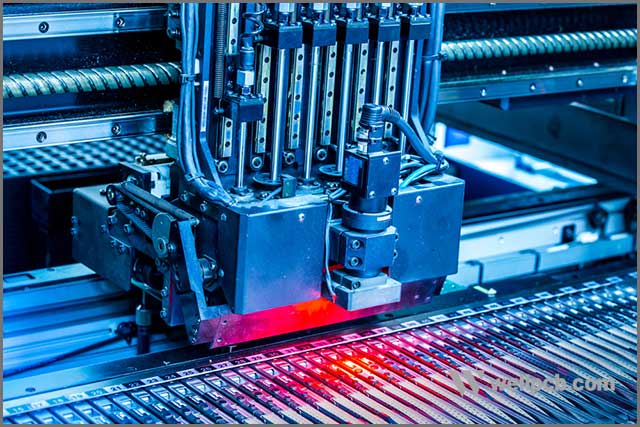
Print Circuit Board Assembly Ability– Check Your PCB Supplier Can Optically Check
The PCB manufacturers do a visual control and then adjustment of layers of your printed circuit board. This step comes after they have published the PCB and then cleaned any unnecessary copper. So, you will not usually see this in printed circuit board assembly. They align the outer and inner layers via the already made holes.
An optical punch machine aligns these layers. It pulls down a pin via the aperture for the alignment of layers. It is not it; another computer rechecks the optical inspection to ensure that there is no fault. This process is very crucial before the printed circuit board assembly can begin. If any errors remain at this stage, they cannot rectify later—the need to discard the whole PCB. And, the PCB manufacturer will do the entire manufacturing process again.
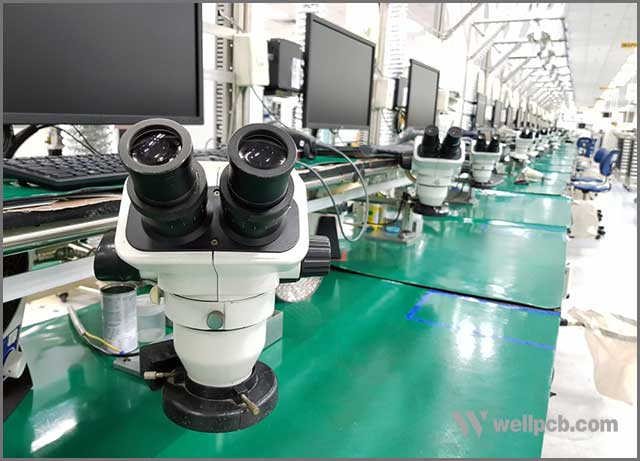
Print Circuit Board Assembly Ability– Check PCB Supplier Can PCB Layer Lamination
The printed circuit board assembly process does not include the lamination of PCB layers. So if any supplier does this, it means that it provides correct PCB service provider. Thankfully, there are various PCB manufacturing instead of assembly. They laminate the printed circuit board after making sure that the layers are error-free. Metal clamps fuse the sheets on a specific press table.
A specialized pin fits every layer on the press table. The technician would place a pre-coated epoxy resin on the alignment portion of the table. After that, a substrate layer is put on this layer, followed by a copper foil layer. Then again, they put more layers of pre-impregnated resin, and finally, the process finalizes with a press plate.
Conclusion
Therefore, as a beginner, check the facilities provided by the PCB vendor. They will tell you whether the printed circuit board assembly is being made or assembled. In a nutshell, the printed circuit board assembly means the soldering and placement of components to make the PCB ready for functional testing. And, WellPCB. We will provide you with one-stop service and high-quality products. You can send us the documents you need to make and get a quote immediately! What are we waiting for? We have ten years of PCB manufacturing only involves the making of a bare PCB board.
If you need PCB assembly technology and PCB production, WellPCB can provide you with quality service and first-class technology. We have technical and contact us today.
